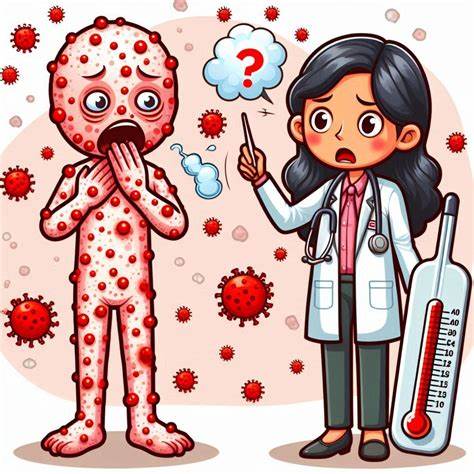Contraception is also know as birth control
Types of Contraception:
Long-Acting Reversible Contraceptives (LARCs)
- Effective for an extended period.
- Examples:
- Implants: Small rods inserted under the skin.
- Intrauterine devices (IUDs): T-shaped devices placed in the uterus.
Remember, choosing the right method depends on individual preferences, health considerations, and lifestyle. Ask MyHealthnet Experts for advice or consult a healthcare provider or sexual health clinic to discuss your options and make an informed decision.
Hormonal contraception can be an effective method for preventing pregnancy, but it’s essential to be aware of potential side effects. Here’s what you need to know:
Common Side Effects
- Headaches: Some individuals may experience mild to moderate headaches when they first start taking hormonal birth control.
- Nausea: Feeling sick is another common side effect, especially during the initial use of hormonal contraception.
- Mood Swings: Hormonal changes can sometimes lead to mood swings.
- Weight Gain: A small percentage of people may notice weight gain.
- Sore Breasts: Hormonal birth control can cause breast tenderness or enlargement in some individuals.
- Acne: Skin changes, including acne, may occur.
Remember that each person’s experience with hormonal contraception can vary. If you have questions about your pills or any concerns, ask us or seek advice from a GP, or your provider.
Managing Side Effects
When dealing with hormonal contraception side effects, consider the following strategies:
Remember, individual experiences vary. If you have specific concerns or need personalized advice, consult a healthcare professional. Take care of your health!
The Contraceptive Patch
The contraceptive patch offers several benefits for individuals seeking effective birth control. .
Intrauterine devices
IUDs also known as copper coils or hormonal coils, are effective forms of contraception.
Contraceptive injections
They are a reliable method of birth control. Here’s what you need to know:
Family Planning (FP)
FP involves making informed about contraception and reproductive health.



















Comments